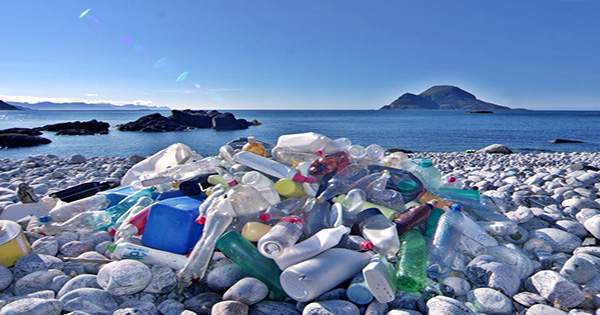Canada now lists plastics as a toxic substance under their main environmental laws. In addition to sending a clear message about plastic pollution, it is also a necessary step to meet the federal ban on single-use plastics promised by the federal government by 2020. Last month the Government of Canada announced that they now list plastic as a Schedule 1 toxic substance under the country’s primary environmental law, the Canadian Environmental Protection Act (CEPA).
Under CEPA, a substance can be declared toxic if it has an immediate or long-term detrimental effect on the environment or its biodiversity, or if it poses a threat to human life or health. The latest science suggests that plastics must fit this definition. In October 2020, Canada published a scientific assessment of plastic pollution and concluded that plastic pollution posed a significant risk to the environment and its biodiversity (although the risk to human health was found to be low). According to figures published in the journal Science in 2015, 4.8 to 12.7 million tons of plastic waste is generated in the sea every year. Since plastics can take decades or even centuries to become biodegradable, they remain stable and build up in the environment, causing everything to cause a variety of problems for marine life.
The decision to list plastic as a toxic substance was hailed by environmental groups such as Greenpeace and Oceania who saw the move as necessary if not long-lasting. They now want to pressure the government to quickly finalize a meaningful ban on unnecessary single-use plastics by the end of 2021. Needless to say, the plastics industry – which took months for the government to resist the decision – is not happy. Their argument was that listing plastics as toxic is not going to stop pollution in the natural environment and instead the government should focus on improving recycling. In light of the recent decision, the National Observer reported that a coalition of 27 petrochemical and plastic packaging manufacturers planned to sue the government.
Canadian Environment Minister Jonathan Wilkinson responded to the threat by saying that their approach was “based on evidence, information and rigorous science.” “When only 9 percent of plastic is recycled, we have serious problems that require serious leader’s enough enough Canada 19 May.















